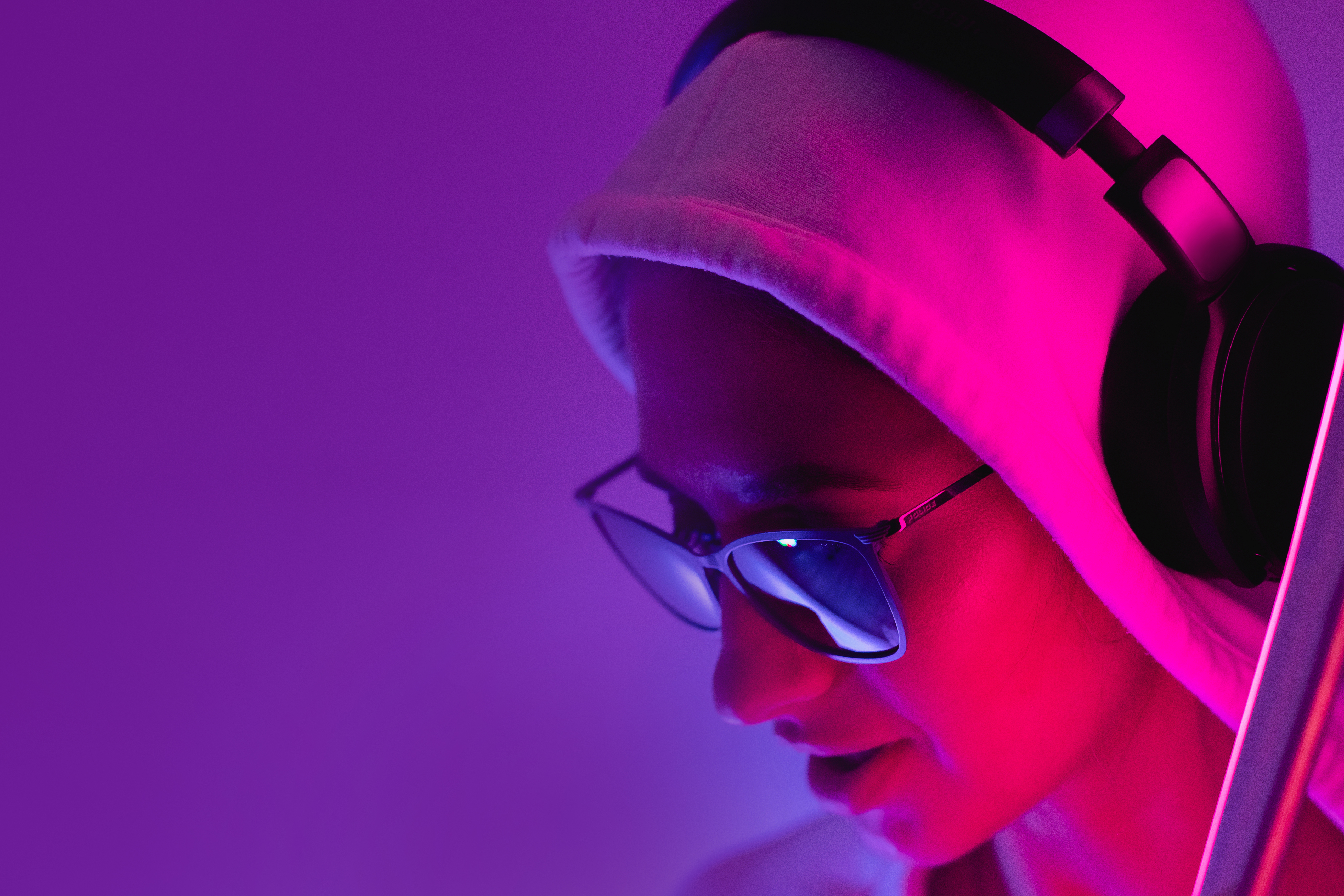
With nothing more than an Internet connection, you can improve your sleep, reduce anxiety, and … supposedly “enter the fourth dimension” (according to this video). Such are the bold promises of binaural beats, a kind of auditory illusion or digital drug that some advocates say can produce psychoactive effects resembling everything from ayahuasca to cocaine.
While watching the video above, one commenter reported visiting a world “with trees that have crystals and seashells instead of leaves.” To which another replied: “I’m excited to go there too. It’s just a little difficult for me.”
Obviously, not everyone who participates reaches this magical realm (including this writer). Indeed, as far as empirical research is concerned, it remains unclear whether everyone it’s actually being listened to through headphones.
However, 2021 Global Drug Survey found that just over 5 percent of those surveyed – our out of nearly 31,000 people – listened to binaural beats hoping to “get an effect similar to that of other drugs”. With the experimental fervor of Smarties-snorting teenagers, they try, successful or not.
The basics of binaural rhythms
The strange thing is that, in a sense, binaural beats do not exist: they are the ethereal creations of your own brain.
When you listen to two frequencies at the same time (say 420 and 460 hertz), you will hear a third corresponding to the difference between them (40 hertz). It’s as if the harmony of the two creates its own different frequency.
Prussian meteorologist Heinrich Wilhelm Dove is considered the first person to notice this phenomenon, discovering it in 1839 using tuning forks.
In the early 1970s modern scientists replaced the electronic equipment and picked up where he left off. Some have since theorized that the third tone synchronizes brain waves in a process known as neural entrainment.
The resulting mental state was associated with far-reaching benefitsfrom increased focus to lower levels of pain, although the evidence is limited and conflicting.
Addicted or just laid back to music?
In the eyes of medical and academic research, it has not been proven to cause anything like “intense spiritual awakening” or “shamanic journey in trance.”
Yet you’ll find these claims associated with videos and playlists that promote binaural beats circulating on YouTube, Spotify, and other platforms. Some apps, most famously I-Doser, even sell MP3 files named after the drugs they’re supposed to mimic. Among their products is an acronym-rich bundle of hearsay THC, MDMA, LSD and DMT.
Read more: Psychedelic effects on the brain
Based on the Global Drug Survey, the majority of users simply want to relax, sleep or improve their mood. And the market just as enthusiastically serves them.
“It’s a really small group that’s actually trying to use them for altered states that are associated with psychoactive drugs,” says Alexia Maddox, a researcher at RMIT University in Melbourne, Australia, who analyzed the results of the Digital Medicines in paper published last March.
How widespread is this pursuit of “digital drugs”?
It is difficult to ascertain how lateral the consumption of binaural beats is.
Maddox notes that outside of the survey (which isn’t necessarily representative of the general population), “all we can do is see buzz and engagement on social media,” of which there is plenty.
Striking, a 2018 survey found that binaural beats were mentioned more often than any traditional drug in an online drug discussion forum. In many cases, drug users may seek to enhance the effects of standard substances rather than seek out binaural beats as an alternative.
At the other end of the spectrum are the critics expressed concern of the spoiling influence of tripping over sound. (These reactions seem mostly limited to some Middle Eastern countries.)
Yet, contrary to fears that binaural beats could serve as a new gateway to illicit substances for young people, an alternative reality seems true. According to the Global Drug Survey, most people who listen to such music are already experimenting with classic psychedelics like psilocybin and acid.
A challenge to the status quo
Importantly, Maddox’s intention was not to test the science of binaural rhythms. Instead, she and her colleagues wanted to study how people use them, regardless of whether they have the desired effect.
“What we need to know,” she says, “is how they make sense of it and incorporate it into their experience.” She’s concerned with concrete practice, not subjective, mind-bending properties, or lack thereof.
However, some experts, including Monica Barratt, one of Maddox’s co-authors, think it may be reticent to dismiss the possibility that binaural beats act like drugs.
Redefining drug use
Although they do not meet the well-established definition—among other things, they are not ingestible substances— Barratt claims that the conventional wisdom underlying the way we think about psychoactive effects is inaccurate and overly restrictive.
A more nuanced perspective might make room for “substances” that you “swallow” through the ear canal. For now, the term “digital medicine” comes with a grain of salt. But a new interpretation, if it were to emerge, would likely require rethinking many aspects of drug policy.
“Once you start changing the definition,” Maddox says, “it makes things a little more difficult when you say, ‘Should we regulate this?’” Given that binaural beats are currently free to stream on the chosen you platform, they are much more accessible than even whiskey or cannabis.
Whatever these provocative sound waves really are, it can be said that they have something to teach us – if not about how to open our third eye, then about our relationship to mind-altering drugs or fears, motives and assumptions, that we bring to the conversation.

